Netflix’s ‘The Manhattan Alien Abduction’ delves into one of Budd Hopkins’ most renowned cases. The story began in 1989 when Linda Napolitano approached Hopkins, claiming she had experienced an alien encounter. This would become one of the most significant cases Hopkins ever investigated, though it also stirred considerable controversy over his methods and techniques. Today, the case remains a topic of discussion and debate and is considered a foundational study in alleged alien abduction research.
Budd Hopkins Made Strides in His Career as an Artist
Elliot Budd Hopkins was born on June 15, 1931, in Wheeling, West Virginia, to Eleanor and John Hopkins. From a young age, he was drawn to creativity and exploration. His early fascination with the arts blossomed as he attended Oberlin College, where he pursued a degree in art history and painting, graduating in 1953. Post-college, he moved to New York City, immersing himself in the vibrant art scene and connecting with artists who would shape his perspective and techniques. By 1956, he had settled into the life in the city. He organized his first solo show and even married his first wife, Joan Rich, in the same year.
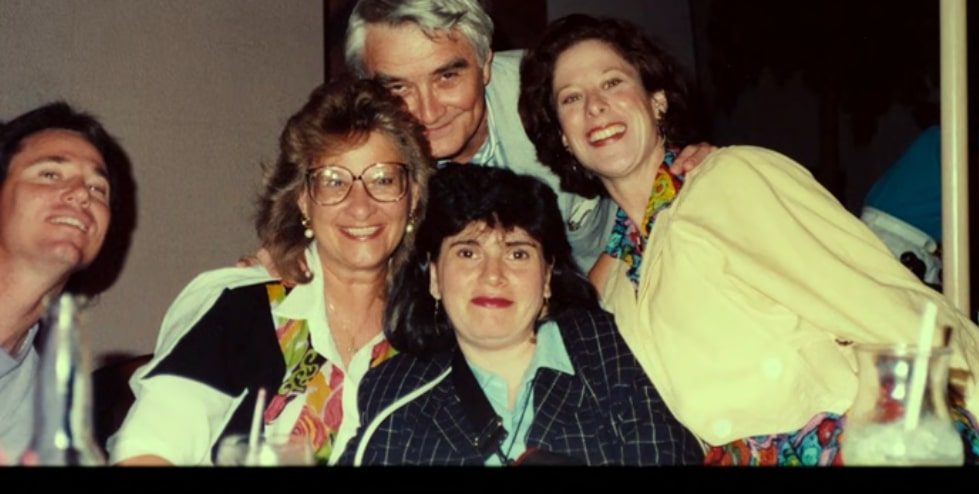
Hopkins’ art career gained momentum in the 1960s and ’70s when he became known for his geometric abstractions, especially his exploration of color fields and shaped canvases. As a painter and sculptor, he was a part of the Minimalist art movement, contributing his own unique approach to abstract art. His works were displayed in prestigious venues, including the Whitney Museum of American Art and the Guggenheim. His paintings, often bold, angular, and vibrantly colored, reflected his interest in structure and symmetry, and he earned critical acclaim within the art world, showing his work in numerous galleries throughout the United States and internationally.
Despite his successful art career, Hopkins’ became increasingly drawn to studying unidentified aerial phenomena (UAP) and the growing community of people who claimed to have experienced extraterrestrial encounters. The turning point came in 1964 when he witnessed a UFO firsthand on Cape Cod, an experience that would change the trajectory of his life. From that point on, he began to research the phenomenon in earnest, gradually moving from being a skeptical observer to a leading investigator in the field. His curiosity turned into a commitment, leading him to document and analyze the accounts of people claiming contact with extraterrestrials.
Budd Hopkins Created a Safe Space for People Who Believed in Alien Abductions
After his divorce from his first wife in 1969, Budd Hopkins found love again. In 1973, he married April Kingsley, a renowned art critic and curator. The two of them had a daughter, Grace Hopkins, and as his personal life flourished, so did his career in the world of UFOs and supposed alien abductions. In 1981, Hopkins published his first book on the subject, ‘Missing Time,’ a groundbreaking work that introduced readers to the concept of alien abduction and presented a series of case studies detailing the experiences of people who believed they had been taken by extraterrestrials.
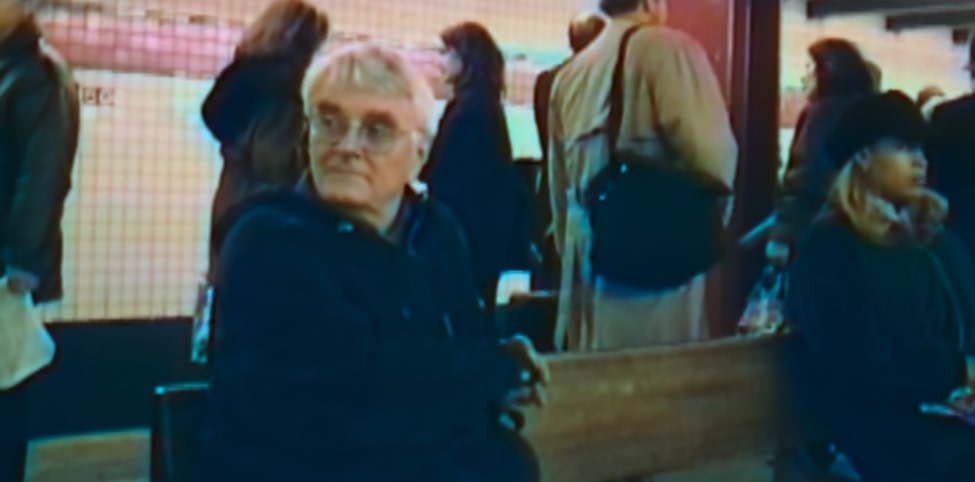
Hopkins followed this success with ‘Intruders: The Incredible Visitations at Copley Woods,’ released in 1987, which became one of the most widely discussed UFO books of its time. This work delved deeper into alien abduction phenomena, presenting one of his most famous cases, which involved a woman named Kathie Davis, who reported repeated encounters with otherworldly beings. The book was eventually adapted into a TV movie, Intruders, in 1992, bringing Hopkins’s work to an even wider audience and making him a recognized name in both popular culture and ufology circles.
Hopkins founded the Intruders Foundation in 1989, an organization dedicated to studying and providing support for those who believed they had encountered alien life. The foundation hosted public events, lectures, and support groups to create a safe space for people to discuss their experiences. Hopkins believed that the phenomenon of alien abduction was widespread, and he felt a responsibility to bring the issue into public consciousness. His work led to close relationships with other prominent figures in the field, such as Dr. John Mack, a Harvard psychiatrist who also researched alien abduction experiences.
Budd Hopkins’ Method of Work Came Under Criticism and Scrutiny
In 1991, Budd Hopkins and April decided to go in different directions and have an amicable separation. Love was not far for him again. In 1994, he met Carol Rainey, a documentary filmmaker and writer. Rainey became involved in his UFO research for a time, even assisting him on investigations. The two of them got married in 1996 but were divorced by 2006. Hopkins continued in this line of work and authored several more books, notably ‘Witnessed: The True Story of the Brooklyn Bridge UFO Abductions’ in 1996, which explored the infamous case of Linda Napolitano. The latter claimed she was abducted from her Manhattan apartment, and Hopkins documented her story in detail, along with accounts of alleged witnesses. His work on the case, although controversial, garnered significant attention.
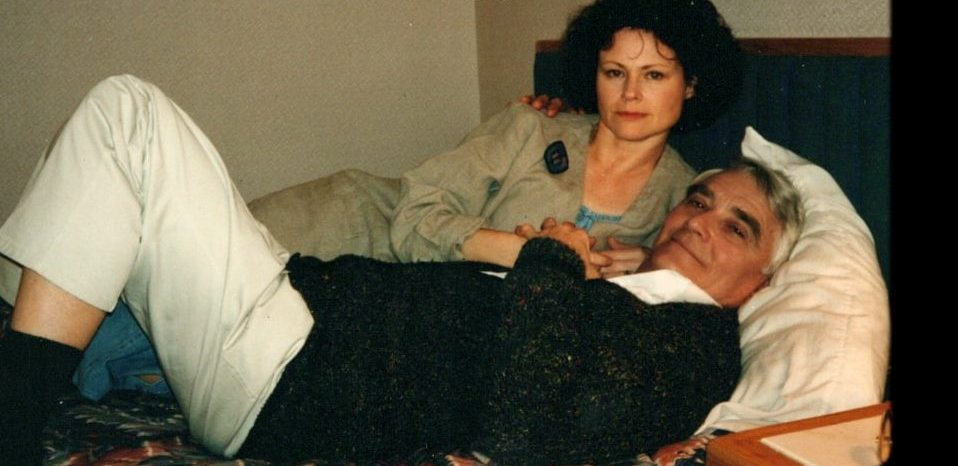
The case was notable for its high-profile elements, with Linda claiming she had been abducted in full view of onlookers, including two supposed government agents, Richard and Dan. Although skeptics questioned the validity of these accounts, Hopkins’s work spurred conversation about the legitimacy of alien abduction phenomena and became one of the most well-known cases in UFO history. He became a prominent figure on television, appearing on programs like ‘The Oprah Winfrey Show,’ ’20/20,’ and ‘Unsolved Mysteries.’ He often discussed the role of hypnosis in recovering “lost” memories from abductees, a technique he used in many of his cases to help individuals recall their alleged encounters. This method of memory recovery became both a defining feature of his investigative work and a point of contention among critics who questioned its reliability.
Budd Hopkins’ Life and Legacy Will Always be Remembered
Despite his dedication, Budd Hopkins faced significant criticism from skeptics and some fellow researchers. His reliance on hypnosis as a tool for uncovering abduction experiences was particularly divisive. Critics argued that hypnosis could implant false memories or encourage confabulation, while others questioned the ethical implications of encouraging potentially vulnerable individuals to believe they had undergone traumatic extraterrestrial encounters. Yet Hopkins remained steadfast, believing that he was revealing a phenomenon that deserved scientific attention. In 2009, he published his memoir ‘Art, Life and UFOs,’ which earned a lot of acclaim.
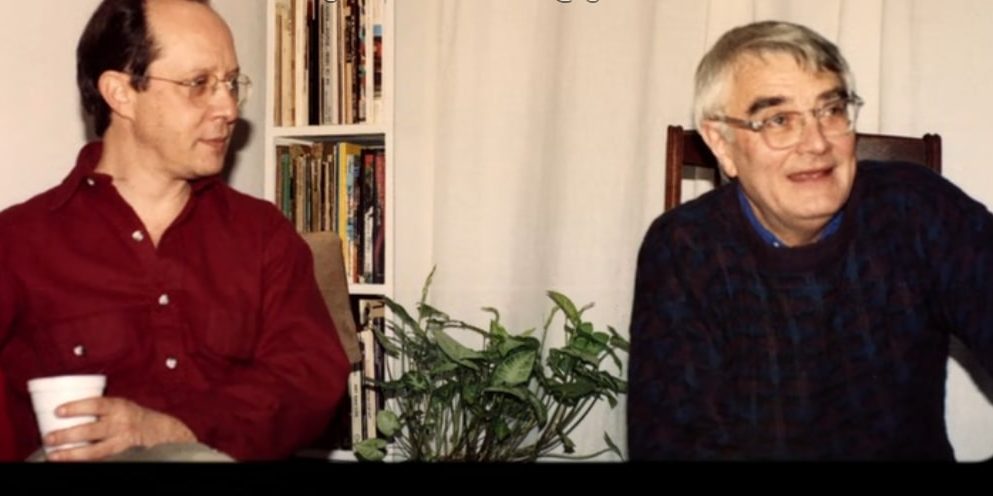
On August 21, 2011, his daughter, Grace Hopkins-Lisle, shared the news that he had passed away from complications arising out of cancer. He left a profound impact on the field of UFO studies. His work influenced countless researchers, inspired a host of books, movies, and documentaries, and played a significant role in popularizing the concept of alien abduction. For those who believed they had experienced an encounter with otherworldly beings, Hopkins was a figure of compassion, advocacy, and validation. He helped shape the way society perceives alien abduction, leaving behind a legacy that persists in both ufology and the broader discourse on human experiences at the edge of the unknown.
Read More: Carol Rainey: What Happened to Budd Hopkins’ Ex-Wife?

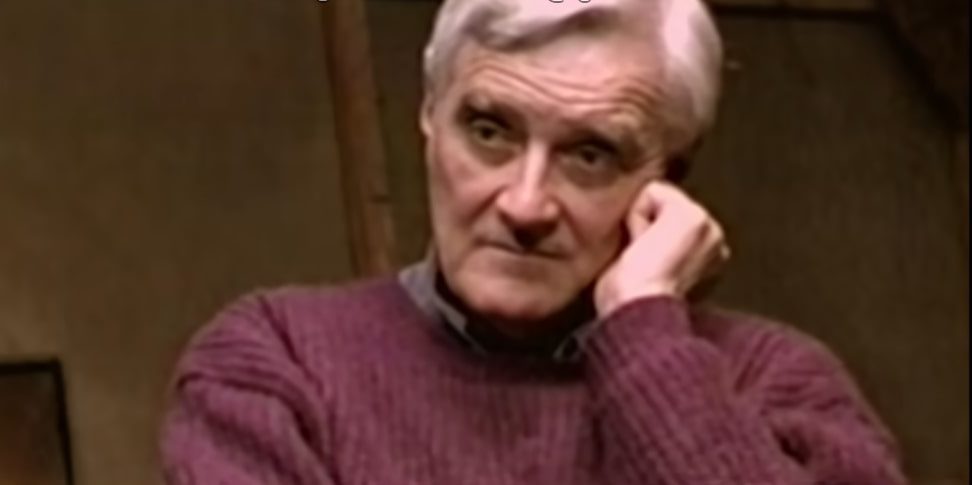
You must be logged in to post a comment.